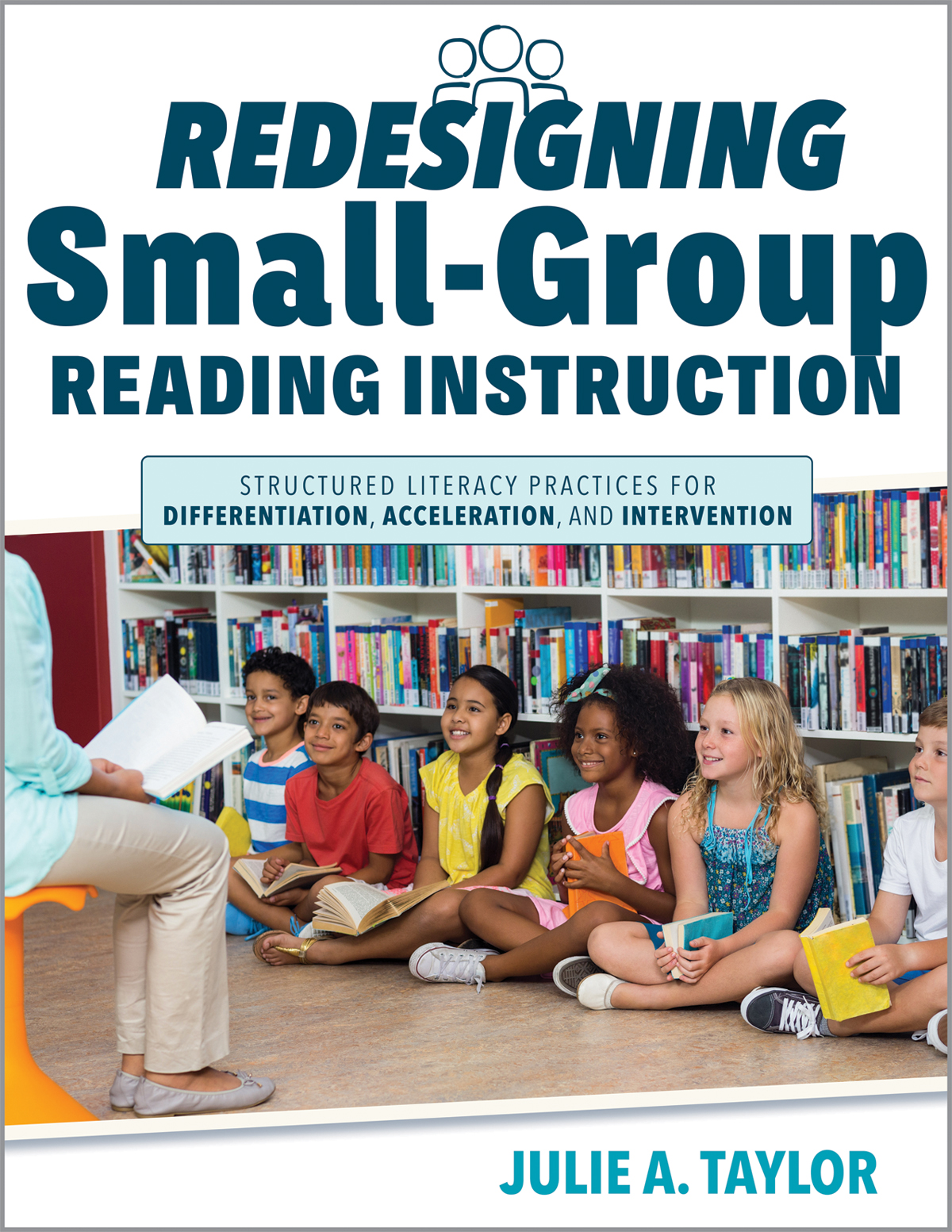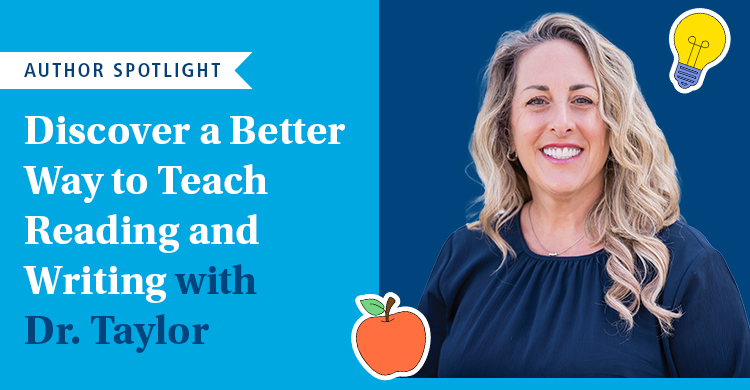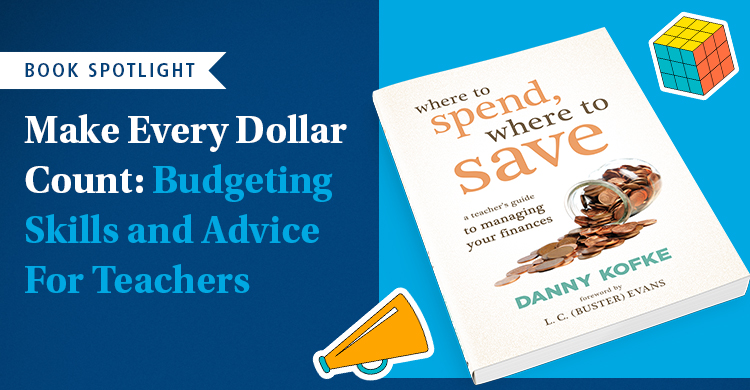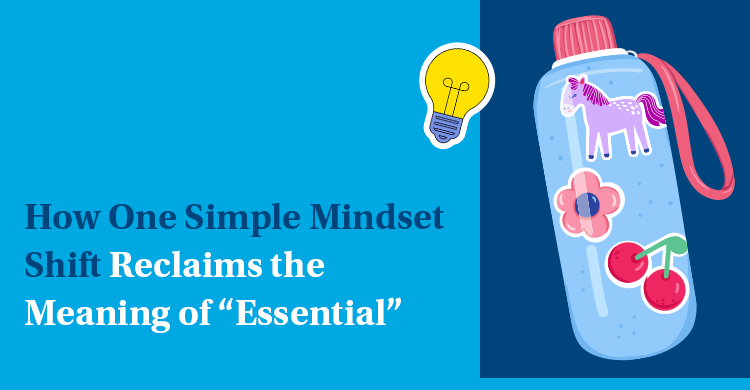Every classroom is a dynamic community of learners whose reading and writing needs vary widely. And, because of that variation, the task of teaching literacy can feel both exhilarating and overwhelming. Teachers want to reach every student and feel the confidence and clarity to design meaningful lessons that make a lasting difference. Dr. Julie A. Taylor is deeply committed to helping educators build the capacity to teach reading and writing with purpose, flexibility, and equity. 
In her new book, Redesigning Small-Group Reading Instruction: Structured Literacy Practices for Differentiation, Acceleration, and Intervention, Dr. Taylor transforms research into actionable classroom structures. Her lesson-plan framework helps teachers design small-group instruction confidently—so both teachers and students can thrive.
Got questions about small-group reading instruction? Read on to learn more from Dr. Taylor!
Q: What motivates you to help teachers meet the diverse literacy needs of their students?
I have a deep drive and commitment to helping not only all students but also all teachers succeed. Watching teachers develop the ability and confidence to teach reading and writing is extremely rewarding and worthwhile. My book lays out a clear path for assessing students, determining their skill areas of need, and then providing the necessary instruction. My lesson plans provide a framework and progression for teachers to differentiate their instruction and feel prepared to meet all of their students’ needs.

Q: How does your book help dispel some of the misconceptions you’ve seen about small-group reading instruction?
In my book, I transform the research on small-group instruction into practical classroom activities, structures, and formats. In the first chapter of the book, I present teachers with flexible options for scheduling small-group instruction. I also provide feasible ideas for the type of work students should be doing when they’re not being seen by the teacher in a small group. I present reasonable learning choices so that teachers can work small-group instruction into their daily schedule in a much more sensible and manageable format than what they may have done in the past.
Promote equitable learning with laser-targeted lessons for small groups 🎯
Want to elevate your small-group instruction to the next level? In this free one-hour webinar recording, Dr. Taylor reviews research-based strategies based on Linnea Ehri’s five developmental reading phases.
Q: What advice do you have for literacy coaches and administrators who are supporting teachers in implementing small-group reading and writing instruction schoolwide?
When it comes to differentiating their small-group instruction, I advise coaches and administrators to opt for equity of instruction over equality. Small-group instruction shouldn’t look the same for every student daily (equality). Some students may need to meet with the teacher every day, while other students can gain substantial proficiency by working with the teacher for a few minutes, then with each other while they read, exchange ideas, support and justify their opinions, and learn to facilitate and participate in discussions (equity). Even differentiated instruction can be differentiated!

Q: In your experience working with K–8 educators, what is a frequently encountered challenge when implementing small-group reading instruction, and what proactive strategies does your book offer?
Teachers may try to jump into a schedule of rotating four to five groups a day, every day, which can cause exhaustion and burnout. I recommend starting off by teaching one group and modeling for the other students what they should be doing while the teacher is working with that group. I also recommend alternating between whole- and small-group lessons so that students are not left working independently for extended amounts of time. My book contains many more tips and tricks that will help teachers implement small-group reading and writing instruction with ease and success!
See how ⬆️ top teachers tackle reading and writing challenges
Looking to continue your exploration of literacy instruction tips and tricks? Explore these hand-picked literacy blogs to discover practical strategies for improving reading instruction in your classroom.
About the Author
Julie A. Taylor, PhD, is an education and curriculum expert, providing professional development, training, and coaching to educators, administrators, and leaders in nonprofit organizations and state education agencies nationwide and internationally.






